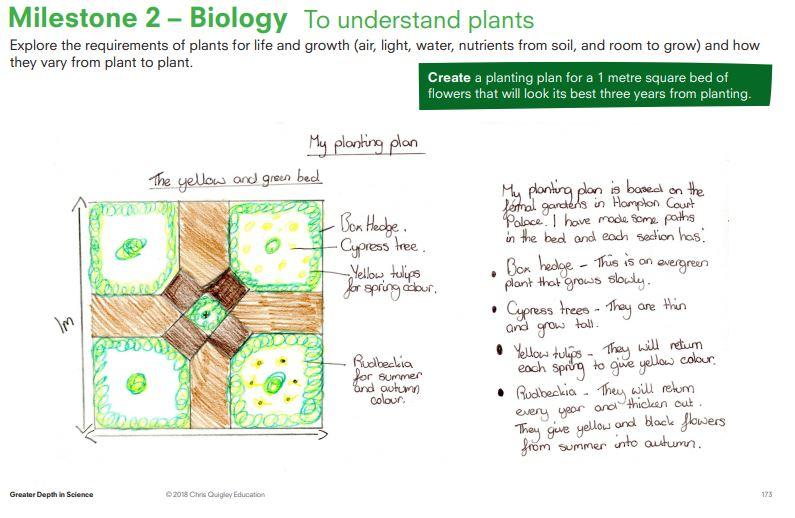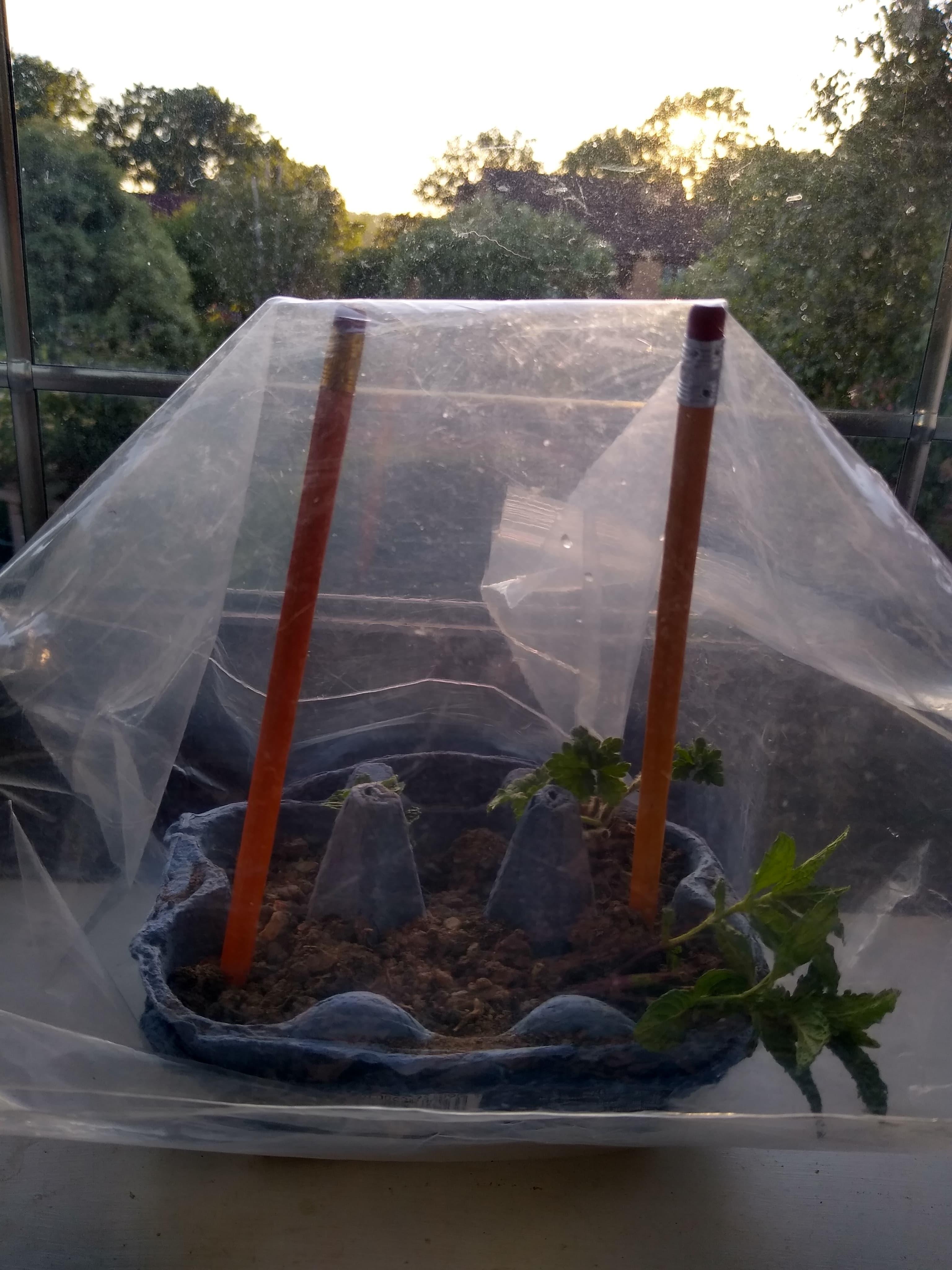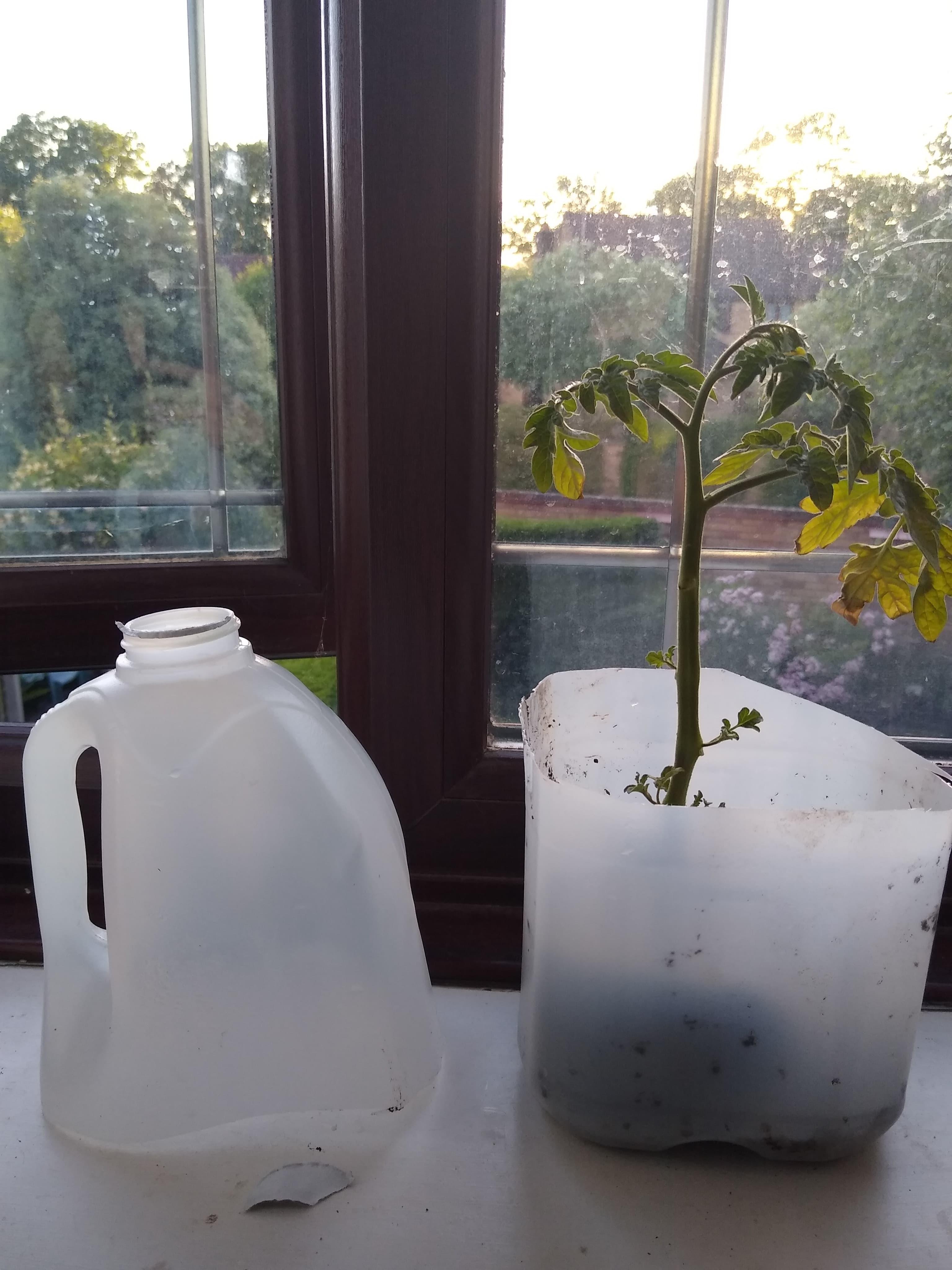Science
What do plants need to survive? | Primary Biology - Plants
Suitable for teaching 5 to 11s. Find out what plants need in order to survive through a mix of scientific enquiry and comedy!Subscribe for more Biology clips...

Gardening Task!
- If you can, plant your own seeds or plants in your house or garden. If you are unable to, can you get outdoors and choose a plant to observe over the next few days/weeks? Observe your seeds/plants over the next few days/weeks. Keep a growth journal, take measurements, make notes, photos or sketches of any changes.
- Challenge: plan your own garden or flower bed ( try to explain your choices of plants and location).

Indoor Gardening using recycled objects
Two weeks ago in school, we made our own propagators to grow vegetable seeds out of recycled fruit punnets. This week we are adding to our indoor garden by creating our own herb garden from recycled tin cans. For more ideas of ways to do gardening and plant investigations at home visit the link below:



